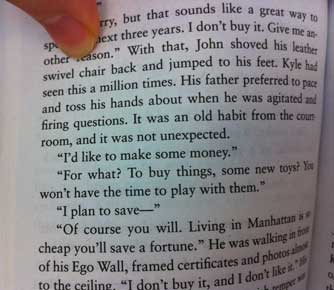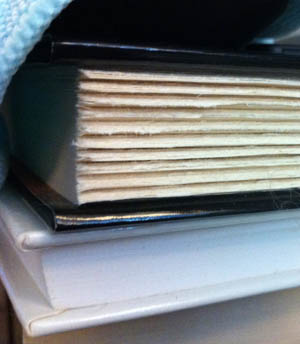: Hereafter
Director: Clint Eastwood
Strange film. The marketing for this film is severely messed up. It comes across as a film about death, a depressing topic, and it doesn’t convey much about the plot at all. I also didn’t see how such a film could actually have any answers about death — what is it supposed to tell us that thousands of years of religion and philosophy haven’t explained? I had zero interest in seeing this from the trailer. The only thing that made me go see it was that it was directed by Clint Eastwood. It turns out to be a fun film with an interesting plot. It’s basically three separate stories that join together at the very end (too long for that join, but that’s a minor flaw). Often in such tales you’ll find yourself intrigued by one storyline and bored by others, but I actually enjoyed all three. The first is about a French journalist who has a near-death experience that haunts and troubles her and she leaves her TV anchor job and defies convention to write a book about death and the afterlife, a touchy subject. I loved that her scenes were actually in French with subtitles and I could relate to her “rebel with a cause” mentality. The second story was more troubling: a boy’s twin dies and he struggles with grief and the aftermath and seeks answers. The third story I though I would like the least, since it deals with a “real” psychic in San Francisco. That seemed cliche and lame, and I was skeptical. But he came across as a lonely man isolated from society because of his connection with death. His potential romance with the wonderful girl he meets in cooking class was the best part of the film for me. It was so bittersweet and tragic and magical. Matt Damon was surprisingly restrained in the role, which was good, and the girl was such an incredible actor I didn’t even realize until the closing credits it was Bryce Dallas Howard, who I adore. The ending was clever (the way the stories finally intersected) and I liked the final resolution, though a few aspects were almost too clever and didn’t feel natural. Overall the film’s good but doesn’t quite reach greatness. It is too slow at times and too inconsistent, part of the nature of a multi-story plot, but it’s biggest flaw is that it doesn’t really enlighten us in any way. I didn’t come out of the showing with a greater understanding of death or coping. Instead I came out thinking that it was a clever script and liking the way the disparate elements all came together to resolve all the storylines. Unfortunately, while this has several amazing moments (particularly the Damon-Howard scenes for me — she deserves an Oscar), the whole doesn’t achieve greatness. It’s still a good film and definitely worth seeing. It is surprisingly fun and even funny, with lots of nice human touches that make it compelling, and I didn’t find it depressing. It’s not really a “journey to the other side” the trailer seems to imply; it’s merely three stories about troubled people seeing resolution who happen to find each other in the end.
Topic: [/movie] |
 [Click to enlarge]
[Click to enlarge]


